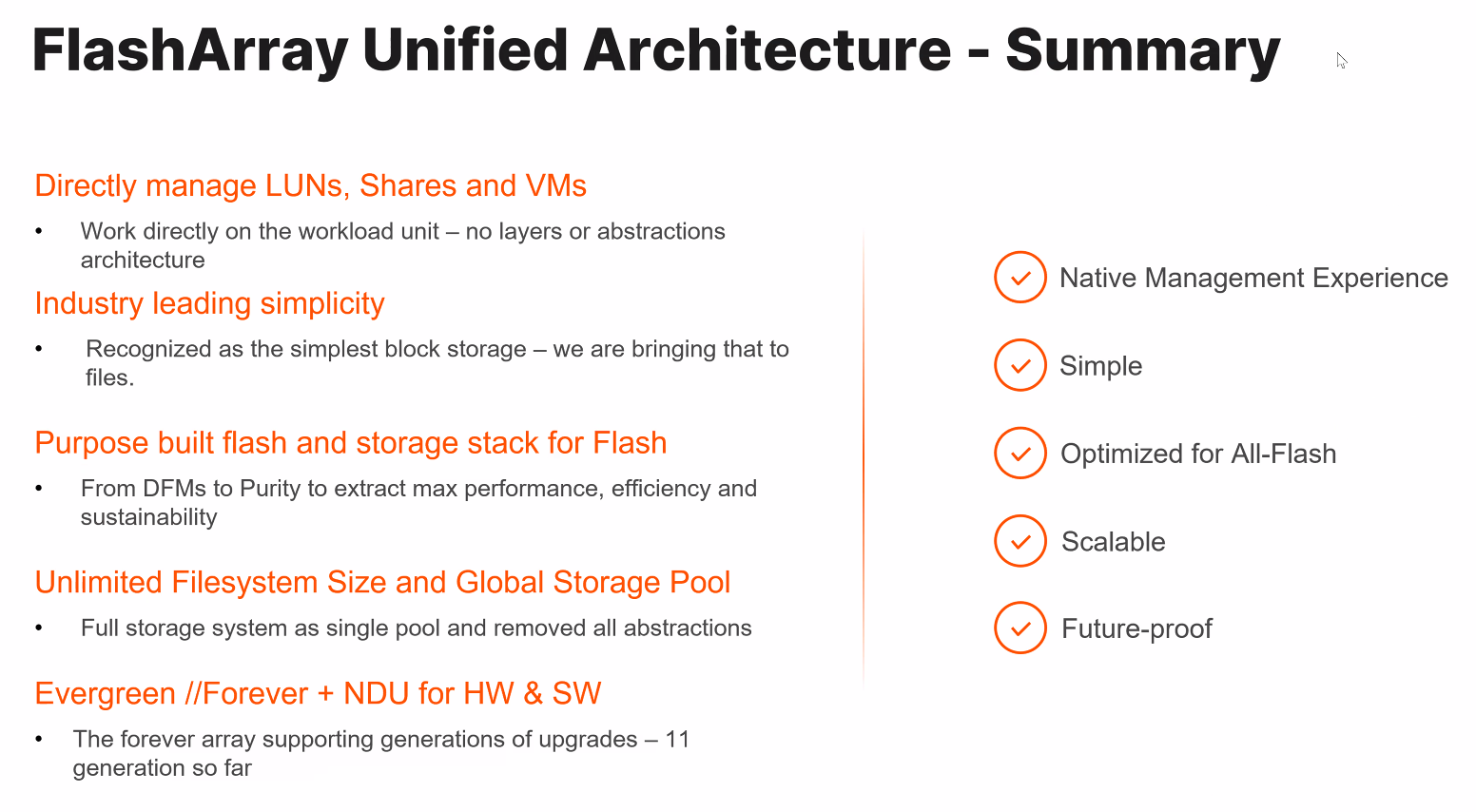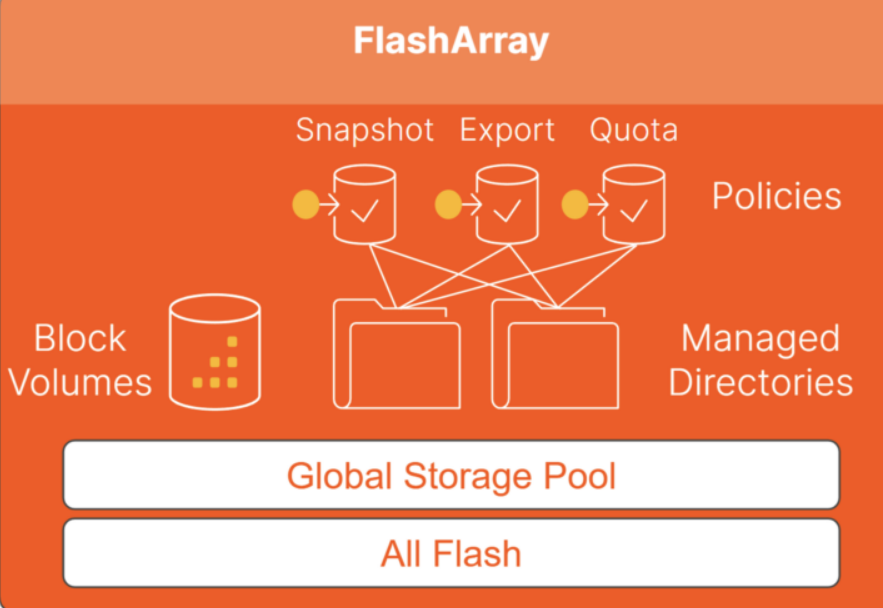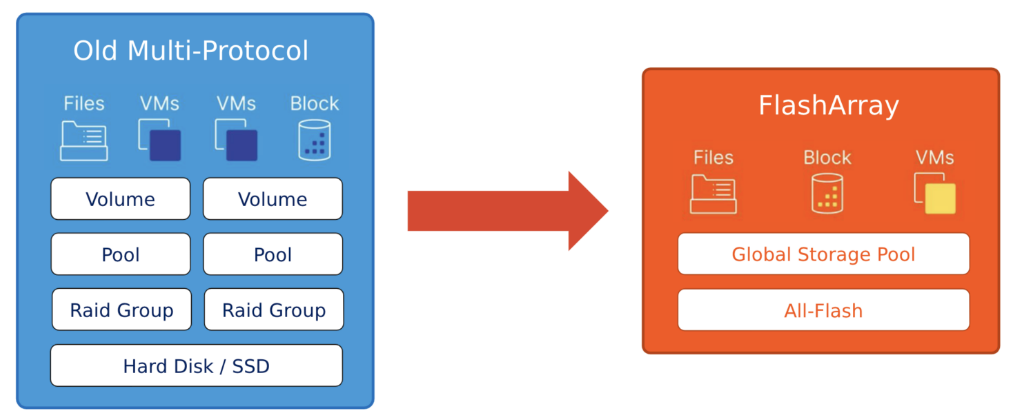
Companies have been working for years to pull together block, file, and object storage under a single umbrella, giving enterprises that are at times dealing with petabytes of data spread across datacenters, the cloud, and the edge a simpler way to manage, organize, and access all that information.
We have talked about some of these efforts, such as with DataCore Software back in 2019 when it looked to unify file and object through its software-defined storage technology. More recently, we wrote about Hewlett Packard Enterprise earlier this month and its Alletra MP, a disaggregate storage cluster that provides a common hardware platform for – initially block and file storage – and likely object storage down the road. The HPE hardware can be configured for either block, file, or both and it held together through an NVM-Express interconnect. Dell’s PowerMax platform with embedded the vendor’s NAS (eNAS) service also looks to pull the two under one roof. There’s also NetApps ONTAP
Peter Skovrup understands both the trend toward multiple-protocol storage platforms and the challenges most vendors have in pulling this off and many enterprises – that have for years lived with separate architectures for each – have in adopting it. There are strengths in having a separate architecture, particularly in that each is optimized for the specific storage tool.
For vendors, the problems come from years of building up these disparate architectures and now trying to find a way to bolt them together. What many are left with are is the need to take existing architectures – say block – and layering file on top of it. It makes for complex and inflexible systems optimized for one model over the other, with multiple layers, scaling problems, and size limits for their data pools, Skovrup, vice president of product management for Pure Storage’s FlashArray business, tells The Next Platform.
“What is it that customers really want? They want a native experience; that means no compromise on files vs. blocks,” he says. “If you think about lots of architectures that are folded into the multi-protocol protocol realm, they have blocks on top of files or files on top of blocks, so it doesn’t give that first-party experience. It doesn’t give a first-class citizen architecture where you can treat each of them equally and use them accordingly. The other aspect is when you layer an architecture, you often don’t end up getting the simplicity, the ease of use of them. What customers want is something that’s equally simple for both of worlds. They also want something that’s highly optimized, things that are built for flash from the ground up.”
Pure this week is addressing this with File Services for FlashArray, its own all-flash platform unifying block and file storage that includes a flexible global storage pool for both black and file protocols that storage pros can draw from. Every FlashArray has a self-managed storage pool shared among both protocols, eliminating the need seen in legacy systems and their size limits to preplan what they’ll need. It’s what Skovrup calls “storage Tetris,” with admins trying to optimize those limits. There are consequences if planned incorrectly.
“We treat the system as one big pool and whichever part of the system or the services [that] are consuming the storage can do so,” he says. “No limits on it. It’s just one big pool of storage that you can consume. You can oversubscribe, you can send information. What it also comes with is a very simple approach of management. …What we’ve done effectively for the block side, we bring in terms of simplicity to the file side of the house. We do that by providing granularity. It’s workflow granular management, which is not the typical approach and particularly when it comes to virtualization.”
It supports use cases like VMware and NFS datastores, user directories and profiles, content repositories, and data protection and backup.
Pure also is moving the management from the file-system level to the directory level that combined with configurations based on policy to make handling files at any scale, with all operations being applied to both block and file. The managed directory includes policies for independent or shared snapshots, export, and quotas and let the organization review space and performance of each directory.
In addition, Pure integrated NFS datastore management in the vSphere Plugin for greater granularity at the virtual machine level for management and security. Pure integrated NFS datastore management, virtual machine snapshots, and VM restore into its vSphere Plugin. Enterprises don’t need to take snapshots at the datastore level, which can use up more capacity. With VM-Aware NFS datastores, admins can apply a new policy to the a datastore directory called AutoMD, making each VM created in the store a managed directory seen by FlashArray. Skovrup notes that the “VMware market is split into about two-thirds of the market of the storage sitting behind VMware is on the block side; one-third is NFS datastores. That’s almost like religion.” Pure offers options for both, he says.
The vendor is able to do all this because it isn’t hampered by years of legacy systems that still are being used and still need to be leveraged given the high investments in them in the past, Skovrup says. That includes its Compuverde acquisition in 2019 that expanded the file storage capabilities at the company. That includes FlashArray being a variable – rather than fixed – length system, without a history dating back to spinning disks, and with the ability to create a global storage pool for either protocol.
Pure also rides the improvements that come with the different evolutions of flash.
“Our DirectFlash modules are the equivalent of our SSDs but if you think about a typical SSD, you have the flash translation layer that’s built in with a process on the drive itself that does garbage collection, that does all the things in managing life cycles of the flash,” Skovrup says. “We don’t have that abstraction. We remove that and we do it software-designed within the storage OS. It allows us to control the flash much more directly and get a lot of benefits out of it. It’s a set of fundamental decisions that Pure has made all the time that allows us to integrate and establish an architecture with multiple first-class citizens within it. We have that flexibility.”
"pure" - Google News
April 27, 2023 at 10:39AM
https://ift.tt/5pfCEJ6
The Pure Unification Of Block And File Storage - The Next Platform
"pure" - Google News
https://ift.tt/uzsdcbJ
https://ift.tt/zqONfnF
Bagikan Berita Ini

















0 Response to "The Pure Unification Of Block And File Storage - The Next Platform"
Post a Comment